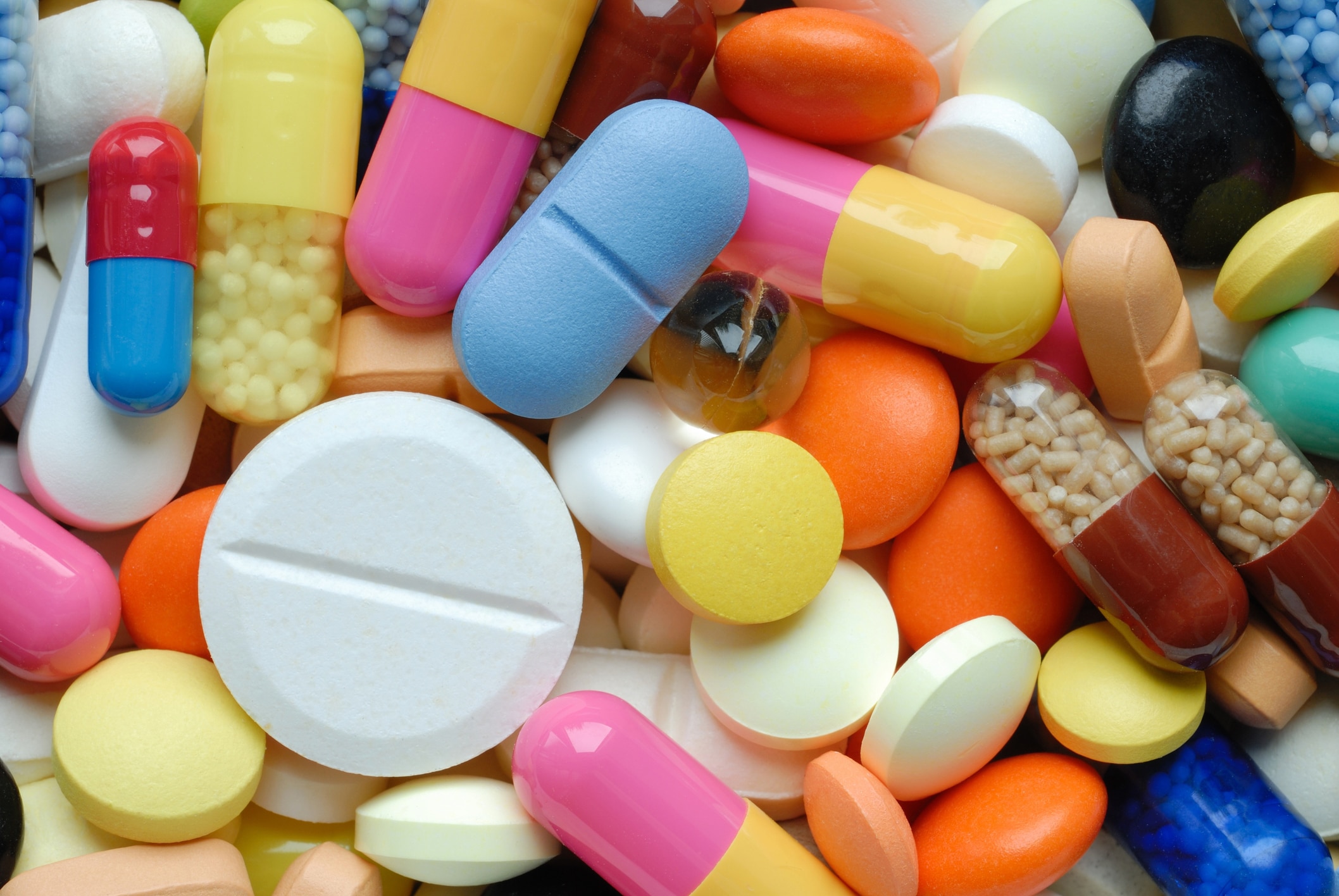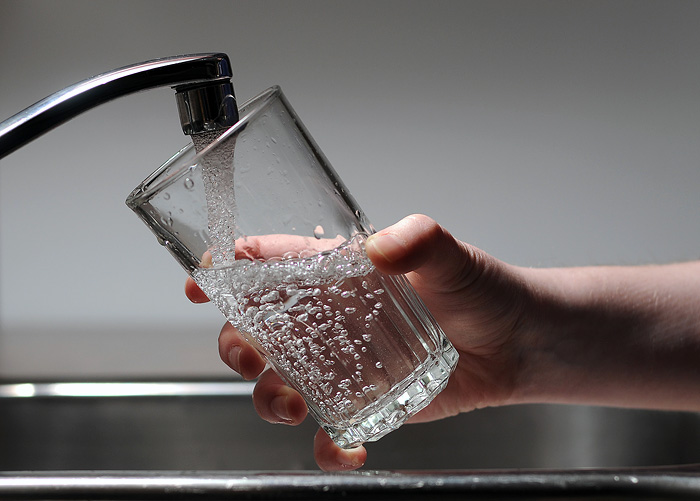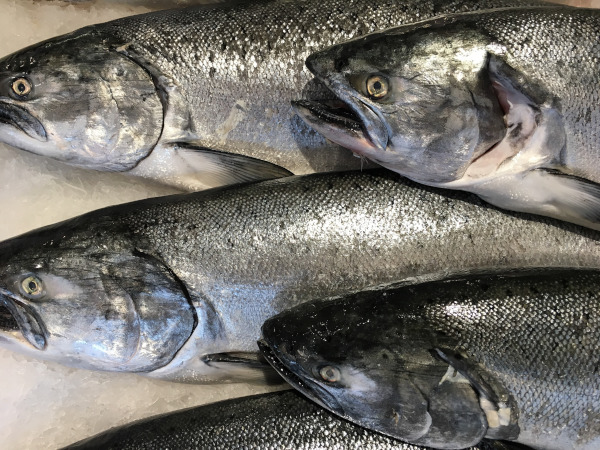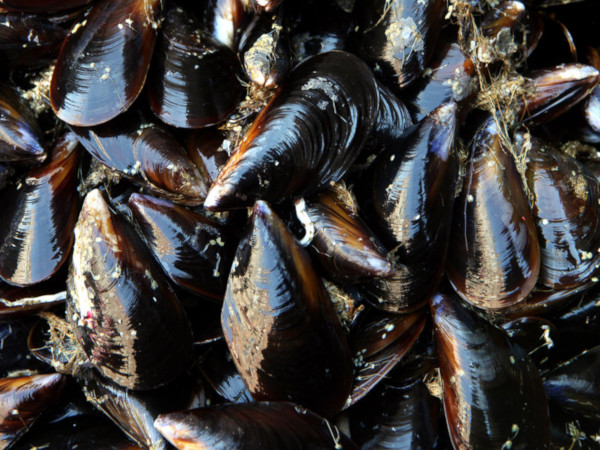Doctors prescribe hydrocodone for pain. They recommend ranitidine for acid reflux, a diuretic called hydrochlorothiazide for congestive heart failure.
But you don’t need a prescription to get these drugs in tiny doses. They’re found already in our nation’s water supply which is your drinking water—and, according to an upcoming national study, the largest done so far, in higher amounts than drug companies anticipated.
The Pure Hydration Alkaline Antioxidant Water Ionizer has the best filtration capabilities on the market, including pharmaceuticals. https://liveright.world/wp-content/uploads/2018/05/PureHydrationFilterTest0717.pdf
We know how the drugs get there: Our bodies release them when we urinate or flush old drugs down the toilet. And it’s well known by now that pharmaceuticals are affecting fish, frogs and lobsters—small amounts of estrogen cause male fish to develop eggs, for instance. But the impact on human health is unclear. Although research on pharmaceuticals in the water supply began almost a decade ago, no one seems to know which compounds need to be removed or how to remove them from the water safely. And no one seems to know which government agency should step forward and take action.
“All of these drugs out there on the market are going to be discharged into the environment and we don’t know what the effects are, because there’s no requirement to do an assessment on the front end,” said Nick Schroeck, executive director of the Great Lakes Environmental Law Center in Detroit.
“We’re not trying to scare anyone, but we need to know what these chemical compounds will do to the environment and what are the long-term effects for humans. No one seems to know.” https://liveright.world/shop/pure-hydration-alkaline-water-ionizer/
The new study, which will be released in January in the journal Environmental Pollution, was obtained by The New Republic. Conducted by the Environmental Protection Agency, it is the largest study of water coming out of wastewater treatment plants.
It looked at samples from 50 large-size wastewater treatment plants nationwide and tested for 56 drugs including oxycodone, high-blood pressure medications, and over-the-counter drugs like Tylenol and ibuprofen. More than half the samples tested positive for at least 25 of the drugs monitored, the study said. High blood pressure medications appeared in the highest concentrations and most frequently.
“We were surprised to find that many drugs occurring across all the wastewater plants,” said Mitchell Kostich, the EPA research biologist who led the study. “We were also surprised to see so many drugs of a particular class—the high blood pressure medications—appear at those levels across the board.”
One reason for the higher numbers is better technology, which can trace drugs at smaller amounts. But it’s also because we’re taking more drugs than ever, from over-the-counter medications for headaches to prescription medications for depression, acid reflux, and high blood pressure. According to a Mayo Clinic study released in June, nearly 70 percent of Americans take one prescription drug, up from 48 percent in 2007-2008.
Health officials say these compounds in water pose a low risk to humans. But they also said that there are no good models to predict the effect this cocktail of low-level medications would have on human or aquatic life. Right now, there are no federal or state regulations requiring drinking water or wastewater plants to monitor pharmaceutical compounds in water.
“Who would have thought that those trace amounts would be having that impact on fish?” said Raanan Bloom, senior environmental officer for the Center for Drug Evaluation and Research, the FDA division that oversees most medications and reviews new applications. “We didn’t expect that to happen at those concentrations.”
When a pharmaceutical company applies for new drug approval, it has to submit an estimate of how much that drug will end up in the environment. They use a model based on how many people they estimate will take the drug, how it will pass through the body, and how it degrades in water. If the estimate is over 1 part per billion (ppb) the FDA can ask for a more thorough evaluation of how that drug will affect aquatic life.
On July 7, 2010, two environmental groups—the National Resources Defense Council and the Great Lakes Environmental Law Center—filed a citizen’s petition asking the FDA to ask for a more thorough evaluation for all new drug applications, no matter what the estimate.
Last February, the FDA denied the petition. In its reply, the agency said the groups did not account for the significant dilution that occurs after compounds leave a wastewater treatment plant. The agency also said it could ask for more complete assessments for certain classes of drugs that present “extraordinary circumstances” to do serious harm to the environment.
Although eight of the drugs in the EPA study came in at maximum levels above that 1 ppb “brightline,” FDA officials said it would be a challenge to go back and ask the pharmaceutical companies to re-evaluate.
Shane Snyder is co-director at the Arizona Laboratory for Emerging Contaminants at the University of Arizona and has been working on pharmaceuticals in the water supply for more than a decade.
So far, there have not been any studies showing effects on human health. It is particularly difficult to study the effects on the most vulnerable populations: pregnant women and the elderly. But Snyder is frustrated that nothing has been done about the drugs that have already been found to be definitely problematic for aquatic life.
“Look at estrogen and endocrine disruptors—here’s a case where there is compelling evidence that it has an effect on aquatic life and still nothing has been done,” said Snyder.
Snyder said it would not be that difficult to figure out how to remove the compounds from the water, but it might be costly and the byproducts might be worse than the original contaminants. https://liveright.world/shop/pure-hydration-alkaline-water-ionizer/
“If you put in ozone or advance oxidization to take out a compound, when you oxidize chemicals it becomes something different,” he said. “So while it’s no longer a statin it’s now some byproduct. It’s now very common to make water more toxic after treatment than it was before treatment.”
Andrew Sawyers, the current EPA administrator for water, declined to be interviewed for this article. An EPA spokesman said the Office of Water was not yet prepared to comment on the report.
So what’s next? More studies. The FDA says it is working on human health studies. And Kostich, the head of the EPA’s study, said he planned to focus next on the impact of the hypertension medication on aquatic life.
“It’s hard to know where to start,” he said. “How do you take the blood pressure of a fish?”
Schroeck, of the Great Lakes Environmental Center, said he’d like to see future studies focus on that low-level mixture.
“The scary thing for me is not one particular drug, although do I want to be drinking Viagra in my water? No,” said Shroeck. “It’s potentially hundreds or thousands of compounds interacting with each other and how that affects aquatic life and human health.”
“It’s great that we keep coming up with new and interesting drugs, but we have to look at what the potential impacts are,” he continued. “It’s almost too late to try and put the genie back in the bottle.”
The author, Dawn Fallik is a science and medical reporter who has written for The Wall Street Journal and The Philadelphia Inquirer. She is a visiting professor at the University of Kansas.






